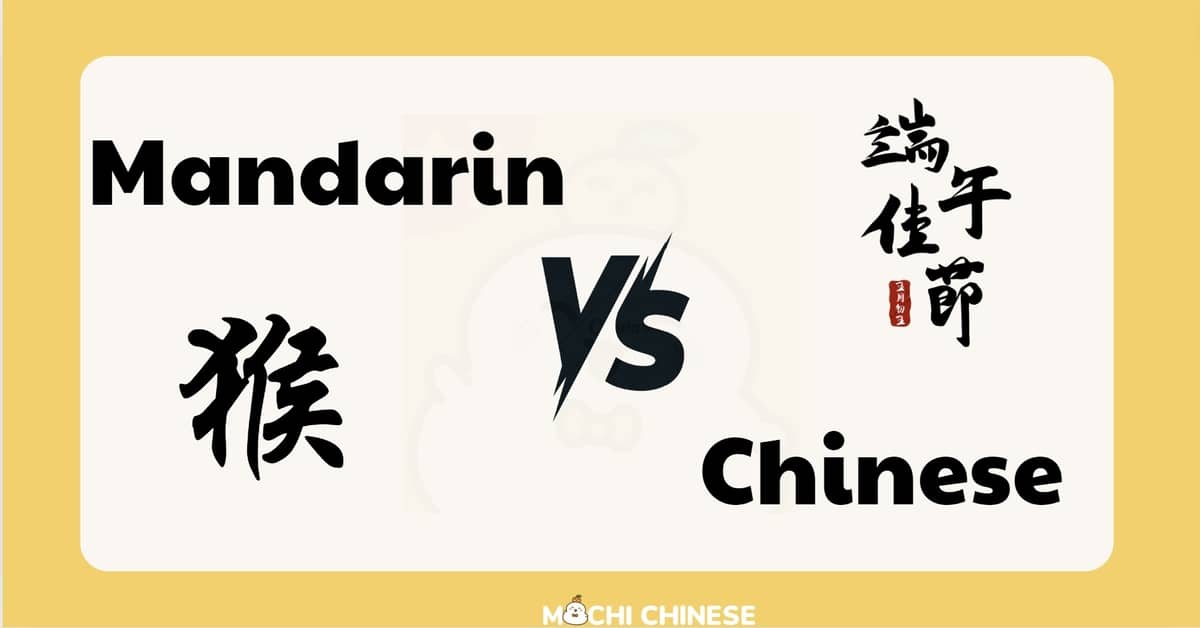China stands as an enticing destination for both travelers and business ventures alike, offering a rich tapestry of culture, history, and economic opportunities. However, navigating any foreign land requires an understanding of its currency. In China, comprehending the nuances between Renminbi and Yuan is pivotal for seamless transactions and financial management.
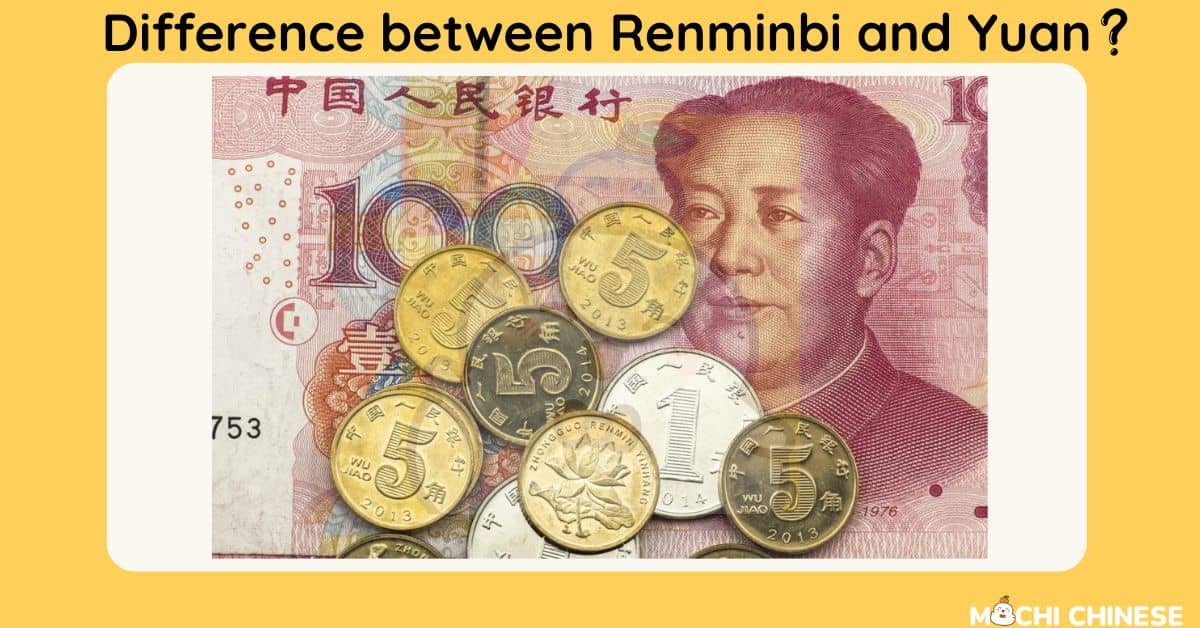
Overview of Chinese Currency
In the vast economic landscape of China, the Renminbi (RMB) reigns supreme as the official currency. Regulated by the People’s Bank of China, Renminbi is the overarching framework within which all financial transactions occur.
Renminbi is denoted by the symbol “¥” and is subdivided into smaller units, with the primary unit being the Yuan (元, CNY). However, Renminbi encompasses a broader spectrum of denominations, including jiao and fen, which are akin to cents and fractions of a cent in other currencies.
Yuan stands as the primary unit within Renminbi, akin to dollars in the United States or euros in Europe. It is the basic denomination used in everyday transactions, from buying groceries to paying utility bills.
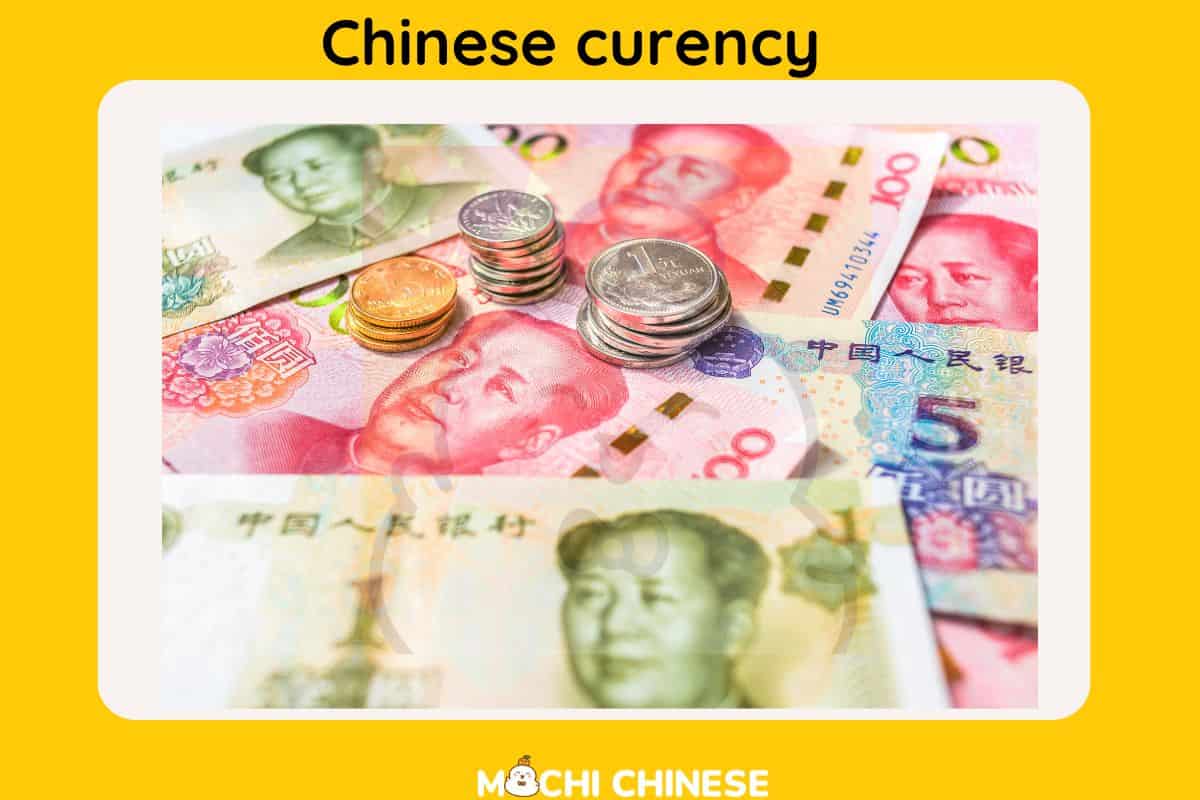
What is Renminbi?
Renminbi, often abbreviated as RMB, is the official currency of China, embodying the essence of the nation’s economic and social ethos. The term “Renminbi” translates to “People’s Currency” in English, reflecting China’s commitment to economic equality and prosperity for its citizens.
At its core, Renminbi serves as the primary medium of exchange within China’s vast economic landscape. Regulated by the People’s Bank of China, it facilitates a myriad of financial transactions, ranging from everyday purchases to large-scale investments.
Renminbi’s significance extends beyond China’s borders, as it plays an increasingly pivotal role in international trade and finance. With China’s rapid economic growth and globalization efforts, Renminbi has emerged as a key player in cross-border transactions and investments, contributing to its status as a major global currency.
Renminbi is available in various denominations of bills and coins, catering to the diverse needs of its populace. Bills (Banknotes) include units: One Yuan (¥1), Five Yuan (¥5), Ten Yuan (¥10), Twenty Yuan (¥20), Fifty Yuan (¥50), One Hundred Yuan (¥100). The denominations of the coin include: One Jiao (¥0.1), Five Jiao (¥0.5), One Yuan (¥1).
While Renminbi banknotes are the primary form of currency used in daily transactions, coins are still circulated and accepted, particularly for smaller purchases or in situations where exact change is preferred.
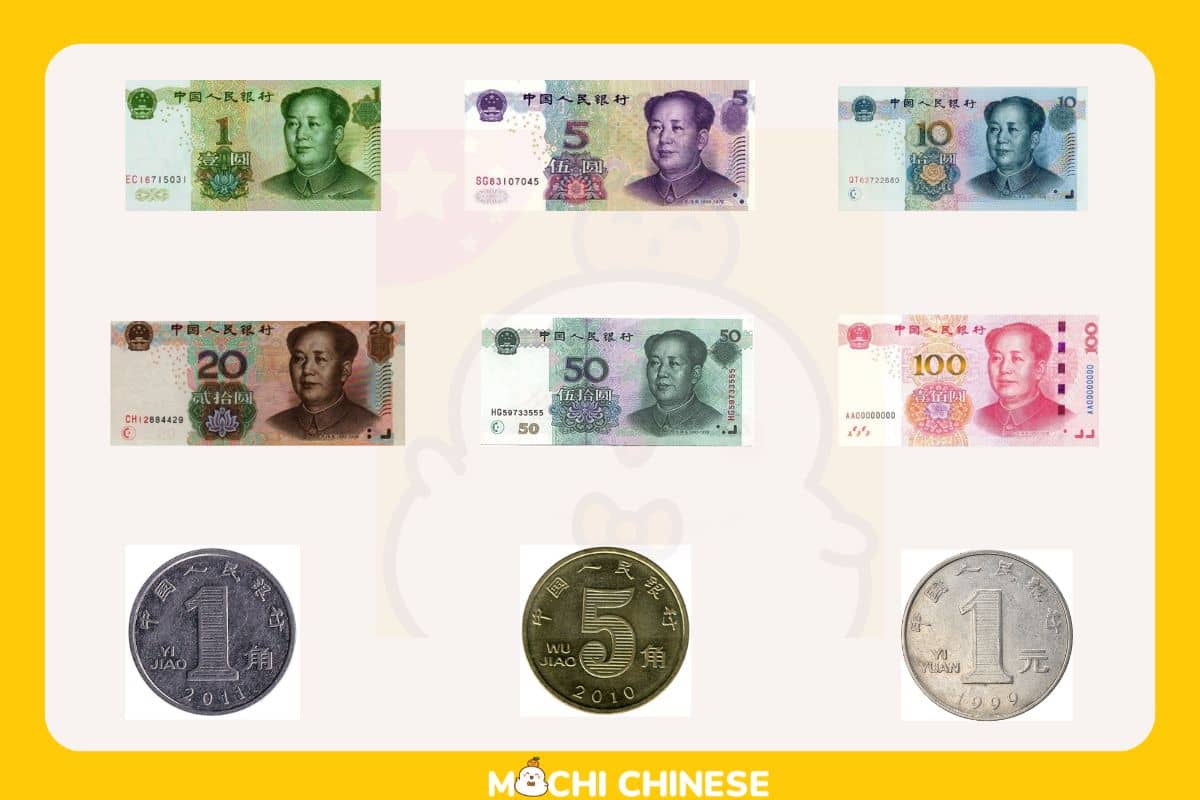
What is Yuan?
Yuan (元, CNY) is the primary unit within the Renminbi currency system of China. Often referred to as the “basic unit” or the “backbone” of Chinese currency, the Yuan holds significant importance in facilitating financial transactions across the nation.
As the fundamental denomination of Renminbi, the Yuan is equivalent to one unit of the currency. It serves as the cornerstone of everyday transactions, from purchasing groceries and paying utility bills to conducting large-scale business deals.
Symbolized by the character “元” and abbreviated as CNY (Chinese Yuan), the Yuan is denoted in both paper currency and coins, with various denominations catering to different economic needs. These denominations range from the smallest unit of one yuan to higher values such as one hundred yuan, each representing different monetary values within the Renminbi system.
Understanding the role of Yuan is essential for anyone engaging with China’s economy, whether as a visitor, investor, or business professional. It forms the basis of financial transactions and is a key component of China’s economic landscape, embodying the nation’s economic vitality and prosperity.
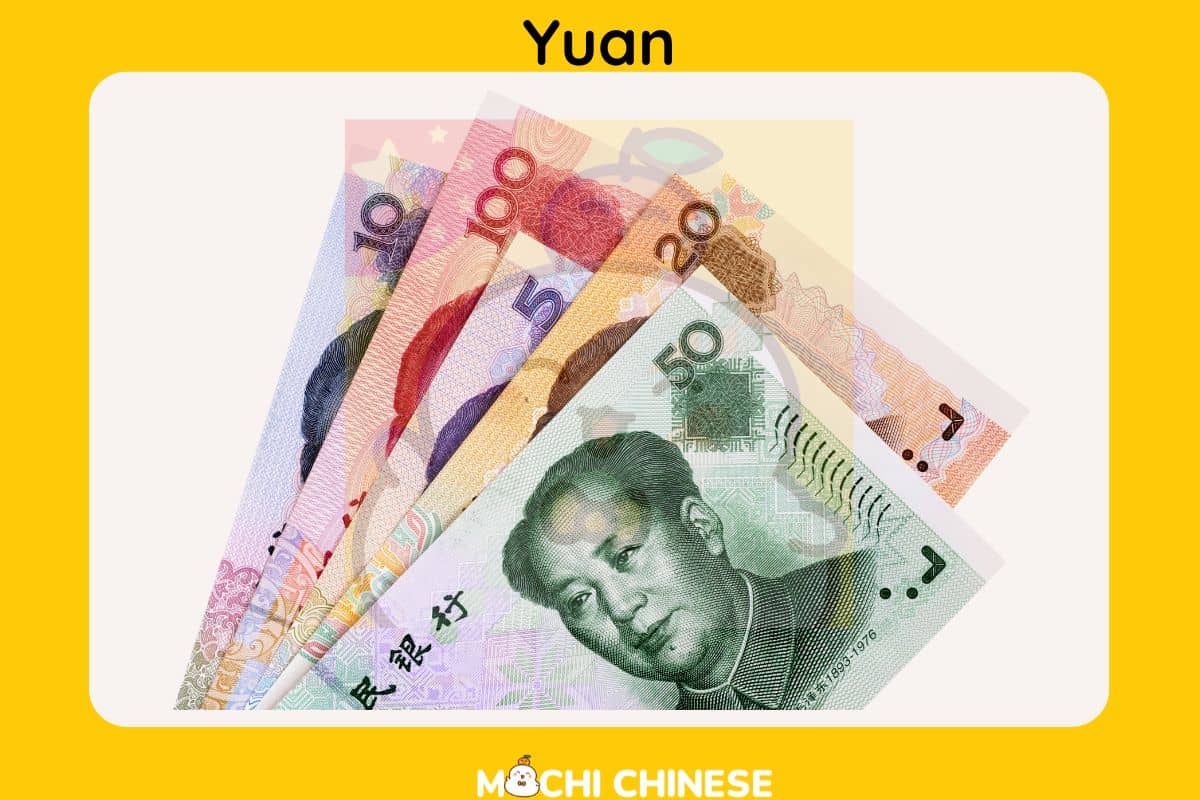
Difference between Renminbi and Yuan
Renminbi, which translates to “People’s Currency,” is the official currency of China. It encompasses a broader concept, representing the entire currency framework and system within China, including various denominations of bills and coins. Regulated by the People’s Bank of China, Renminbi is the overarching currency that governs all financial transactions within the country.
While Yuan is the primary unit within the Renminbi currency system. It represents the basic denomination of Chinese currency, equivalent to one unit of Renminbi. Yuan is the fundamental unit used in everyday transactions, from buying groceries and paying bills to conducting business deals. While Renminbi refers to the broader currency system, Yuan specifically denotes individual units within that system.
In essence, Renminbi is the official currency of China, encompassing various denominations of bills and coins, while Yuan is the basic unit of Renminbi used in everyday transactions. Understanding this distinction is crucial for navigating China’s financial landscape and conducting transactions effectively.
Practical Tips for Tourists and Business Travelers
Currency Exchange
- Exchange currency at reputable banks or authorized exchange outlets to ensure fair rates and avoid scams.
- Consider exchanging a small amount of money upon arrival for immediate needs, and exchange larger sums as needed during your stay.
- The exchange rate between the Chinese Yuan (CNY) and the US Dollar (USD) is approximately 1 USD = 7 CNY.
Cash & Card
- While major credit and debit cards are accepted in many urban areas, especially in hotels, restaurants, and large stores, cash is still widely used, especially in smaller establishments and rural areas.
- Carry a mix of cash and cards for flexibility, and always have some cash on hand for situations where cards may not be accepted.
Counterfeit Awareness: Be vigilant against counterfeit currency by familiarizing yourself with the security features of Chinese banknotes. Check for watermarks, security threads, and other indicators of authenticity, especially when receiving large denominations or exchanging money with unfamiliar sources.
| English | Chinese | Pinyin |
|---|---|---|
| Chinese Yuan | 元 | yuán |
| Money | 钱 | qián |
| Coin | 硬币 | yìngbì |
| Credit card | 信用卡 | xìn yòng kǎ |
| Price | 价钱 | jià qian |
| ATM | 自动取款机 | zì dòng qǔ kuǎn jī |
| To pay | 付 | fù |
| Bank | 银行 | yín háng |
| Debt | 债务 | zhài wù |
| Wallet | 钱包 | qián bāo |
| Alipay | 支付宝 | zhī fù bǎo |
| WeChat Pay | 微信支付 | wēi xìn zhī fù |
| How much is this? | 这个多少钱? | zhè ge duō shǎo qián? |
| Can you reduce the price?” | 能便宜一点吗? | néng pián yi yì diǎn ma? |
| Can I get a discount? | 可以打折吗? | kě yǐ dǎ zhé ma? |
| Is it too expensive | 太贵了 | tài guì le! |
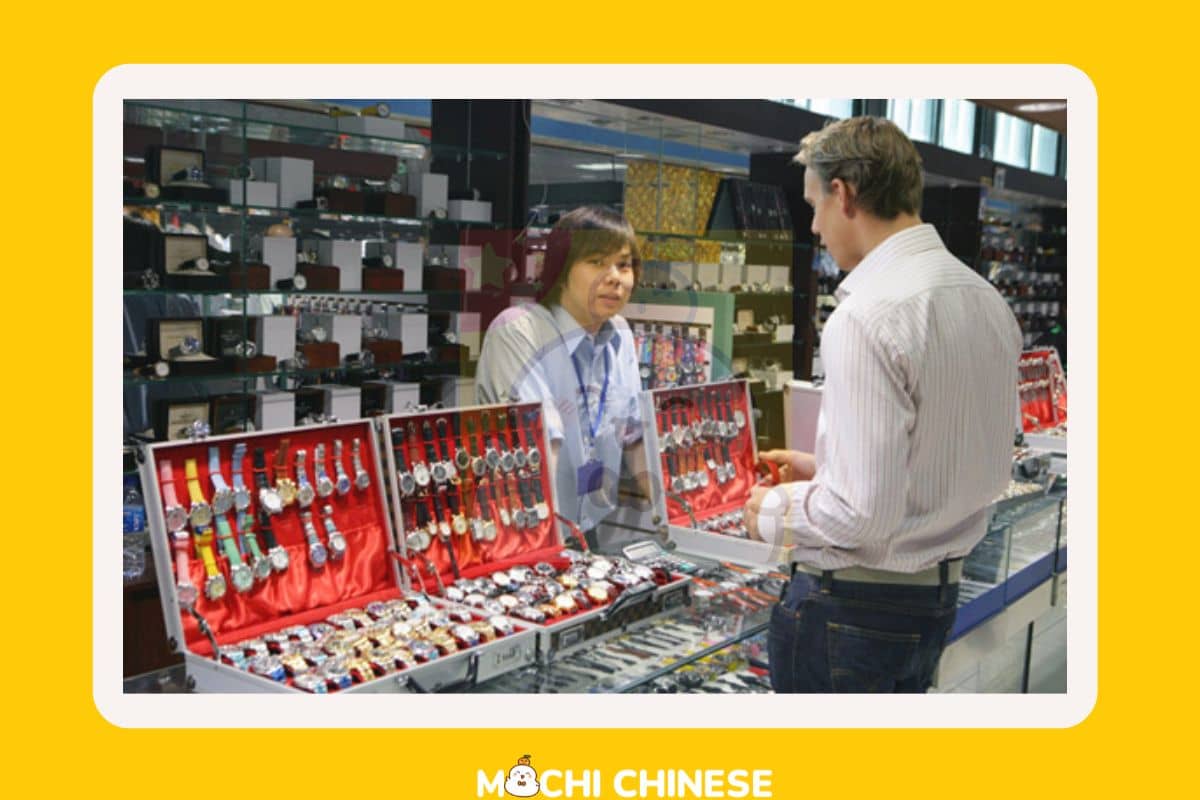
To make your trip to China more meaningful and go more smoothly, it is necessary to build vocabulary and learn basic communication sentences related to the topic of money or shopping. You can learn vocabulary with Mochi Chinese, as the app provides you with nearly 5,000 vocabulary words and is divided into topics to help you learn easily. The App also builds sample conversations to help you have basic communication confidence when traveling to China. You just need to learn and apply in real communication. To help you remember more effectively, Mochi Chinese has used algorithms and the Spaced Repetition method to find the golden time to review and the app will send notifications to learners.
Conclusion
Understanding the interplay between Renminbi and Yuan is indispensable for anyone engaging with China, whether as a tourist or a business professional. By grasping the nuances of Chinese currency, one can navigate financial landscapes with confidence and ease, enhancing their experience in this dynamic nation. Dive deeper into the realm of Chinese currency to unlock a richer understanding before embarking on your journey.

